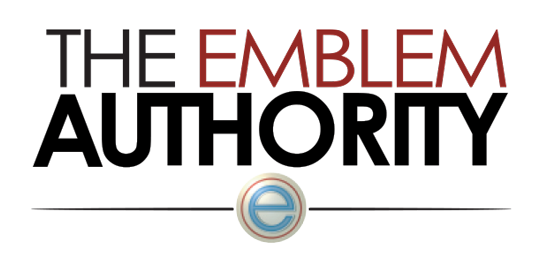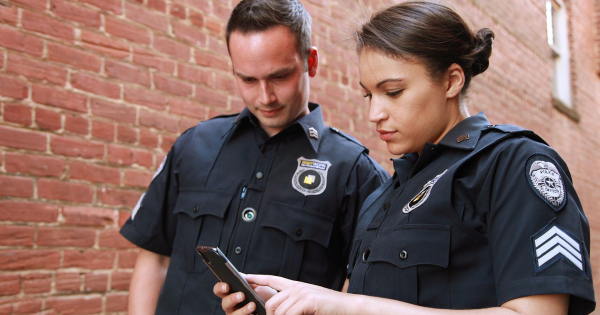3 Types of Identification Policemen, Firefighters, and EMS Providers Should Know
Being a policeman, firefighter, EMS, or a similar position of authority can be challenging on its own. With the seemingly countless rules, regulations, policies, and standards, it can be hard to know what the individuals in related job fields might be doing. Here are some of the most common forms of identification and symbolism you might see from those in authority or medical positions.
1. Badges
Badges are notoriously one of the oldest and well-known forms of identification, especially among police officers and those in law enforcement. Many badges are metallic in appearance and contain an engraved identification number unique to the individual wearing it. Badges can be very specific as well, as they might mean different things. Standardly, any badge coming from a county sheriff’s office will have a five, six, or seven-pointed star, while any badge coming from municipal police will have the shape of a shield.
2. Patches
Unlike many law enforcement officials whose primary form of identification is often their badge, many firefighters and EMS officials use patches as their go-to means of identification. In fire departments, patches are often extremely customized to the specific purposes, geography, and type of work or emergencies they may see. To keep it less confusing, firefighters will often have a database of all international and domestic patches, so they can easily identify the meanings and departments behind each patch.
EMS officials, on the other hand, are often known for the Star of Life symbol that has become recognizable on their patches. This means that many EMS providers can be seen wearing a patch with the star, as well as other organization-specific patches. Some EMS officials even wear a combination of badges and patches.
3. Pins
One of the most common types of pins you might encounter is a lapel pin, which is smaller in size and typically worn on the outside of clothing to show one’s affiliation with a certain group, cause, or organization. Pins can be worn by firefighters, law enforcement, and EMS providers alike, although they are arguably most associated with police officers. Usually, they will mean different things to each individual wearing them and can be very customizable.
The world of pins, patches, and badges can be very confusing when taking into account the different habits, customs, and traditions of different officials. Remember, every department and branch is different, and some exclusions may apply to these points. Hopefully, you will be better prepared for the next time you encounter a professional wearing something on their uniform. Maybe this article has even inspired you to buy some new patches or pins for your own uniform! Whatever the case, stay safe and keep protecting!




